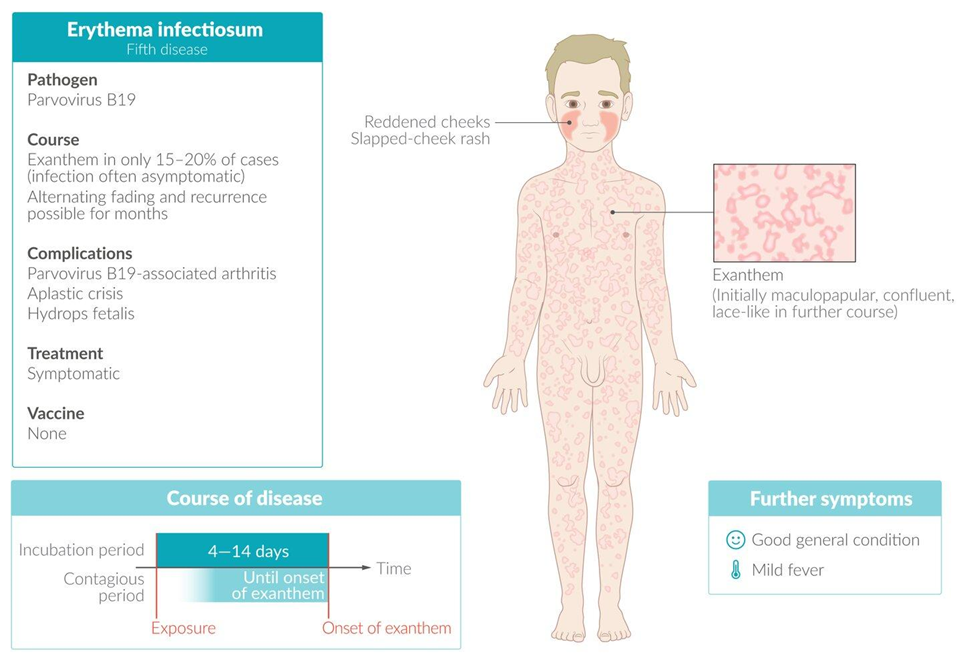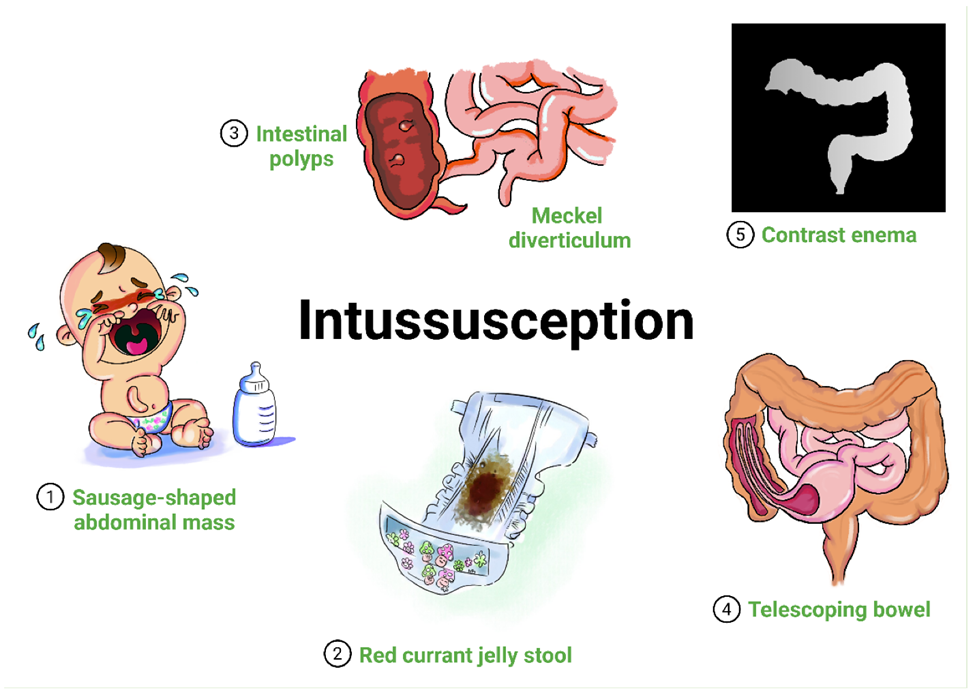The nurse is providing home-care instructions to a mother of a 12-month-old infant with mild diarrhea. Which would the nurse instruct the mother to do?
Bottle-feed with diluted fruit juice.
Discontinue breast-feeding until the diarrhea resolves
Provide an increased intake of water.
Avoid all solid foods.
The Correct Answer is C
A. Bottle-feed with diluted fruit juice:
Incorrect: Diluted fruit juice is not recommended for infants with diarrhea. Fruit juices, even when diluted, may contain sugars that can exacerbate diarrhea. It's important to focus on water or rehydration solutions.
B. Discontinue breast-feeding until the diarrhea resolves:
Incorrect: Breast milk is an essential source of nutrition for infants, and discontinuing breastfeeding is not recommended, even during episodes of mild diarrhea. Breast milk helps maintain hydration and provides essential nutrients.
C. Provide an increased intake of water.
Correct Answer: Maintaining hydration is crucial during episodes of diarrhea. Offering the infant increased water intake helps prevent dehydration. Rehydration solutions specifically designed for infants can also be recommended.
D. Avoid all solid foods:
Incorrect: While avoiding certain solid foods may be recommended in some cases, it's not necessary to completely avoid all solid foods for a 12-month-old with mild diarrhea. The emphasis should be on maintaining hydration and offering easily digestible foods.
Nursing Test Bank
Naxlex Comprehensive Predictor Exams
Related Questions
Correct Answer is C
Explanation
A. A highly pruritic profuse macule to papule rash on the trunk
Explanation: This description does not fit the typical characteristics of erythema infectiosum. Fifth disease is not typically associated with a highly pruritic rash.
B. A discrete pinkish red maculopapular rash that is spreading to the trunk
Explanation: While erythema infectiosum does involve a rash that can spread to the trunk, the distinctive "slapped face" appearance is a key characteristic that is not captured in this option.
C. An erythema on the face that has a "slapped face" appearance.
Explanation:
Erythema infectiosum, commonly known as fifth disease or slapped cheek syndrome, is characterized by a distinctive facial rash that gives the appearance of a "slapped face." The rash typically starts on the face and then spreads to the trunk and extremities. It often begins with erythema on the cheeks, giving the child a flushed or slapped appearance, followed by a discrete rose-pink maculopapular rash on the trunk.
D. A discrete rose-pink maculopapular rash on the trunk
Explanation: This description fits the typical characteristics of the rash seen in erythema infectiosum, but the key identifier is the "slapped face" appearance on the face.

Correct Answer is C
Explanation
A. Ribbon-like stools
Explanation: Ribbon-like or pencil-thin stools are associated with conditions affecting the rectum, such as colorectal cancer, but they are not a typical sign of intussusception.
B. Profuse projectile vomiting
Explanation: Profuse projectile vomiting is not a typical sign of intussusception. Vomiting may occur, but it is not the primary characteristic feature.
C. Bright red blood and mucus in the stools
Explanation:
Intussusception is a condition in which one part of the intestine slides into another, causing a blockage. One of the classic signs of intussusception is the presence of "currant jelly" stools, which are characterized by a mixture of bright red blood and mucus in the stools. This occurs due to the compression of the blood vessels in the intestine, leading to bleeding and mucosal discharge.
D. Watery diarrhea
Explanation: Watery diarrhea is not a typical sign of intussusception. The condition is more commonly associated with abdominal pain, vomiting, and the characteristic "currant jelly" stools.

Whether you are a student looking to ace your exams or a practicing nurse seeking to enhance your expertise , our nursing education contents will empower you with the confidence and competence to make a difference in the lives of patients and become a respected leader in the healthcare field.
Visit Naxlex, invest in your future and unlock endless possibilities with our unparalleled nursing education contents today
Report Wrong Answer on the Current Question
Do you disagree with the answer? If yes, what is your expected answer? Explain.
Kindly be descriptive with the issue you are facing.
